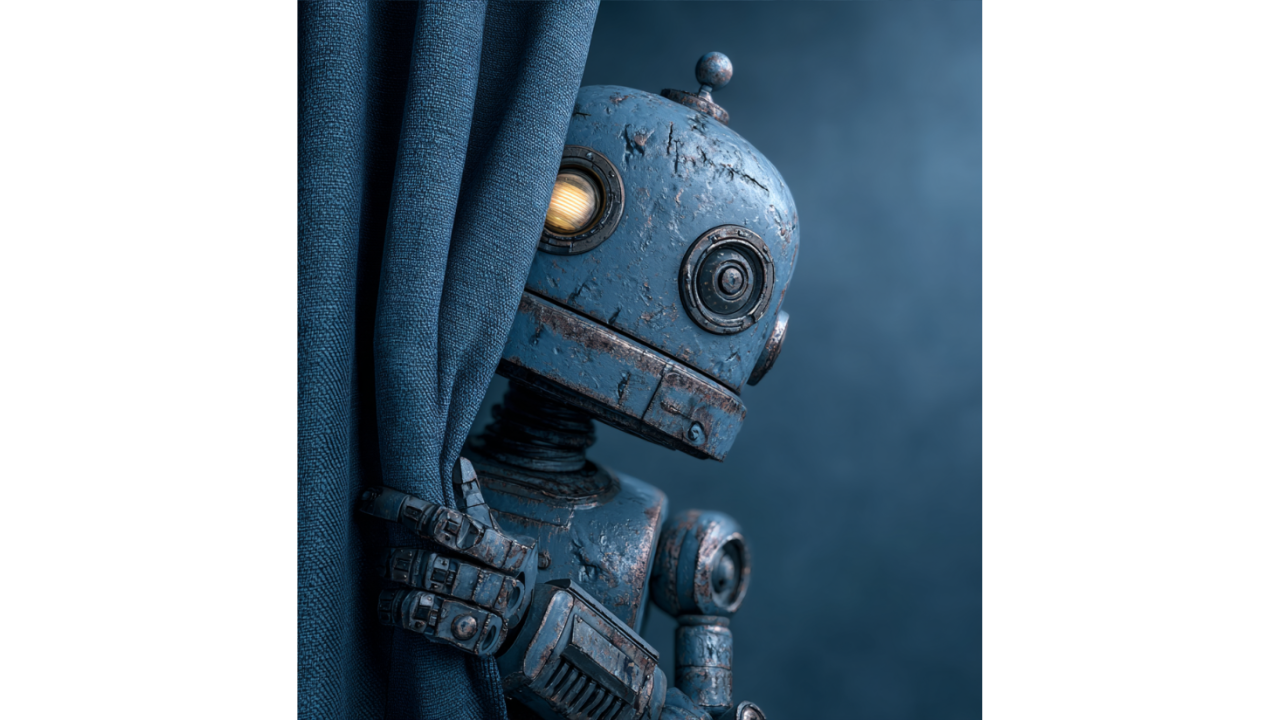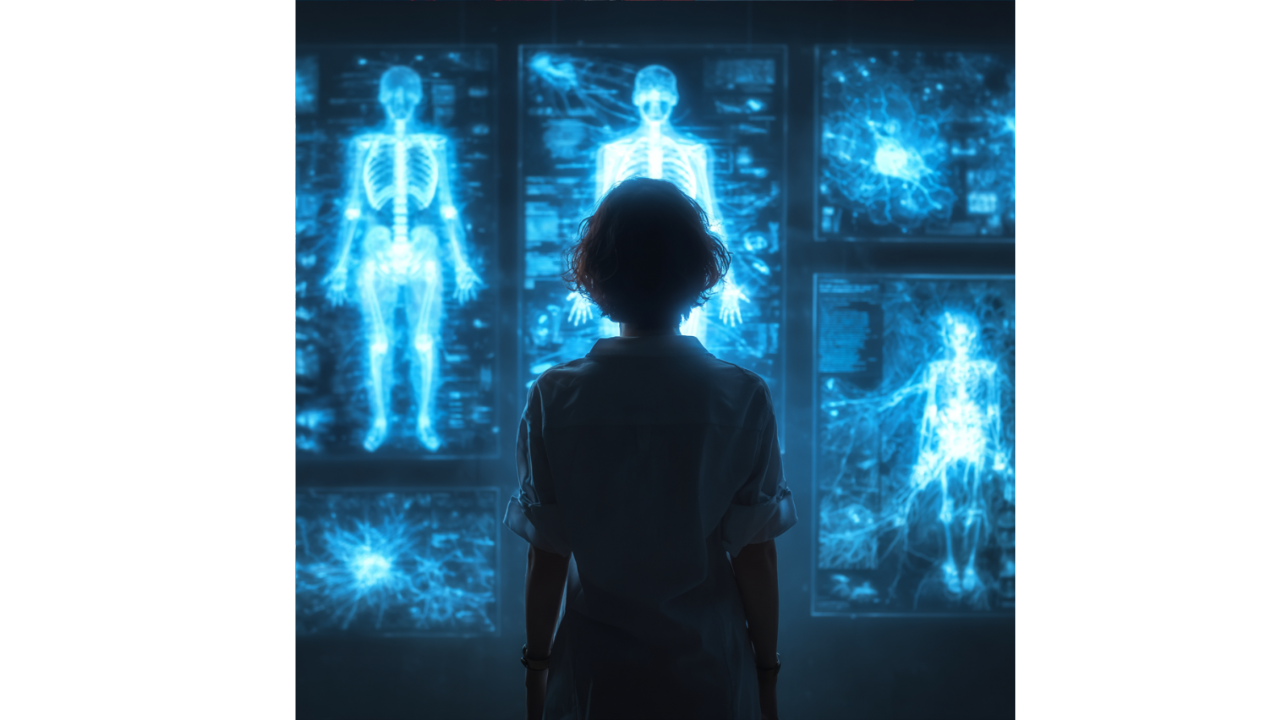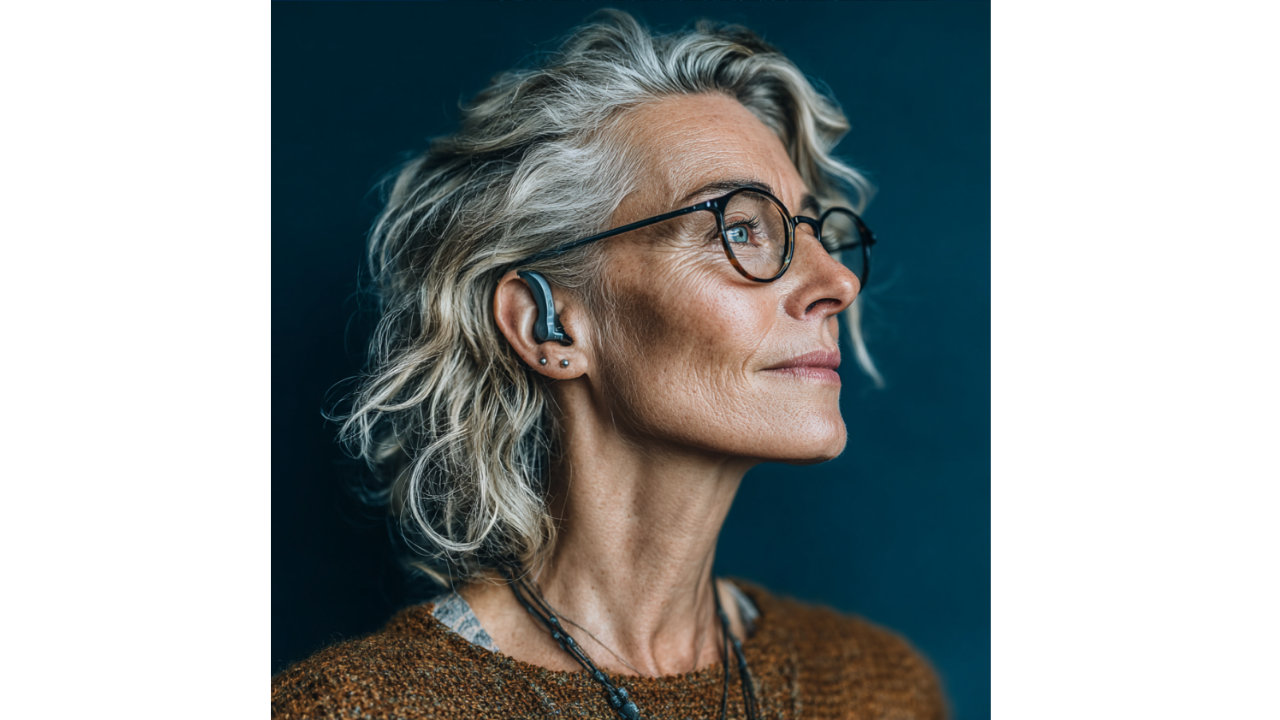First Person Controls iPad With Pure Thought
Mark Jackson has ALS. He can't move his hands, speak clearly, or use traditional input devices. But he just controlled an iPad with nothing but his...
4 min read
 Writing Team
:
Sep 3, 2025 8:00:00 AM
Writing Team
:
Sep 3, 2025 8:00:00 AM

Medicine just witnessed a breakthrough that reads like science fiction: artificial intelligence can now detect consciousness in seemingly comatose patients days before human doctors notice any signs of recovery. Using a computer vision tool called SeeMe, researchers tracked facial movements so subtle they occur "on the level of individual pores," revealing that many patients who appear completely unresponsive are actually aware and trying to communicate. This isn't just a technological advancement—it's a fundamental shift in how we understand consciousness, patient care, and the hidden depths of human awareness after brain injury.
The study, published in Communications Medicine, followed 37 comatose patients with acute brain injuries, analyzing their responses to simple commands like "open your eyes" or "stick out your tongue." While doctors saw no movement during routine clinical examinations, SeeMe detected purposeful facial responses in 85.7% of patients—capturing eye-opening movements an average of 4.1 days before clinicians noticed them.
These aren't random muscle twitches or reflexive movements. The AI system uses machine learning to confirm that the detected movements are specific to the commands given, with 81% accuracy in distinguishing between different types of responses. When researchers asked patients to open their eyes, SeeMe detected eye-opening attempts, not tongue movements or other unrelated facial activity. This specificity indicates genuine comprehension and intentional response, even when the movements are too subtle for human observation.
Lead researcher Shawniqua Mofakham describes the phenomenon perfectly: "What we found was: patients develop [small] movements before going to more obvious movements." The technology reveals that consciousness recovery isn't binary—it's a gradual process where awareness emerges in micro-expressions long before becoming clinically apparent. As one expert explained to Scientific American, "When somebody recovers consciousness, it's almost like a flickering bulb."
This research builds on the groundbreaking concept of "covert consciousness," first identified in 2006 when researchers discovered that an apparently unresponsive woman showed brain activity patterns identical to healthy volunteers when asked to imagine specific tasks. Recent studies using similar brain imaging methods found that one in four behaviorally unresponsive patients was covertly conscious—aware but unable to demonstrate that awareness through conventional clinical assessment.
SeeMe represents a quantum leap forward from expensive, complex brain scanning equipment to practical, bedside monitoring that any medical facility can implement. The technology requires only a standard camera and AI analysis, making covert consciousness detection accessible across a wide range of clinical settings. This democratization of consciousness detection could transform care for thousands of brain injury patients worldwide.
The implications extend far beyond clinical convenience. Harvard research published in the New England Journal of Medicine showed that 25% of patients with severe brain injury who appeared completely unresponsive were actually able to follow covert instructions during fMRI and EEG testing. SeeMe offers a non-invasive alternative that could identify these hidden capacities without requiring specialized neuroimaging facilities.
The clinical significance of early consciousness detection cannot be overstated. As Columbia University neurologist Jan Claassen, who wasn't involved in the research, explains: "Signs of consciousness can provide another layer of information for doctors and family members choosing between a range of treatments, from palliative care to more aggressive therapies. Every day is potentially important for those difficult decisions."
These aren't academic considerations—they're life-and-death decisions that families and medical teams make with incomplete information. When SeeMe detects consciousness days before clinical examination, it provides crucial data that could influence decisions about continuing life support, pursuing rehabilitation programs, or exploring advanced therapeutic interventions.
The study found that patients with larger and more frequent facial movements also had better clinical outcomes at discharge, suggesting the technology may help predict prognoses. This prognostic capability could guide resource allocation and help families prepare for different recovery trajectories with more accurate information about their loved one's condition.
Perhaps the most profound implications of this research are ethical. As Mofakham notes: "This has a big ethical implication because people who cannot communicate cannot participate in their care. This study opens a way to communicate with these patients." The researchers plan to investigate whether patients can answer yes-or-no questions using specific facial movements, potentially creating a communication channel for seemingly unresponsive individuals.
The concept that patients might be aware but unable to communicate challenges fundamental assumptions about medical decision-making, informed consent, and quality of life assessments. If SeeMe can identify consciousness in patients who appear comatose, medical teams must grapple with treating individuals who might be experiencing their care but cannot express their preferences or concerns.
This technology also raises questions about the psychological impact on patients who are aware but unable to communicate their consciousness to caregivers. The knowledge that AI can detect hidden awareness might provide comfort to families, but it also highlights the potential isolation and frustration experienced by covertly conscious patients.
What makes SeeMe particularly remarkable is its demonstration of AI's superiority in detecting subtle patterns that escape human observation. The system analyzed thousands of video clips, tracking facial movements at a resolution that would be impossible for human clinicians to maintain consistently. This represents a perfect application of AI capabilities—pattern recognition in high-dimensional data that exceeds human perceptual limitations.
The success of SeeMe points toward broader applications of AI in medical diagnosis, particularly in situations where critical information exists below the threshold of human detection. Similar approaches could potentially identify early signs of neurological recovery, seizure activity, or other conditions that manifest through subtle physical changes before becoming clinically apparent.
The study involved both comatose patients and healthy volunteers, with the AI system performing consistently across both groups. This robustness suggests the technology could be deployed broadly without requiring extensive calibration for different patient populations or clinical contexts.
Mofakham and her team are already planning the next phase of research: testing whether patients can answer yes-or-no questions using specific facial movements. Success in this area would create genuine two-way communication with covertly conscious patients, fundamentally changing their medical experience and ability to participate in their own care decisions.
The broader implications extend to rehabilitation timing and intensity. Earlier detection of consciousness could allow care teams to begin rehabilitation programs sooner, potentially improving outcomes by engaging patients' emerging awareness more effectively. The technology could also help identify which patients are most likely to benefit from aggressive rehabilitation versus comfort care approaches.
Looking forward, SeeMe represents just the beginning of AI-powered consciousness detection. Future developments might integrate multiple sensing modalities—facial movements, eye tracking, subtle physiological changes—to create even more sensitive and specific measures of awareness in seemingly unresponsive patients.
This research showcases AI at its most humanitarian—using advanced technology to restore dignity and agency to some of medicine's most vulnerable patients. By detecting consciousness that would otherwise remain hidden, SeeMe offers hope to families, guidance to medical teams, and most importantly, recognition to patients whose awareness has been invisible.
The study reminds us that consciousness exists on a spectrum, with awareness often emerging gradually rather than suddenly. AI's ability to detect these subtle gradations of consciousness could transform our understanding of recovery processes and reshape how we care for patients with severe brain injuries.
As artificial intelligence continues to evolve, applications like SeeMe demonstrate the technology's potential to enhance human capability in areas where it matters most—detecting life, awareness, and the fundamental capacity for human experience even when it's hidden from our direct observation.
Harness AI's pattern recognition capabilities to enhance your customer understanding and engagement strategies. Winsome Marketing's growth experts help you implement AI tools that reveal hidden insights in your data, just like SeeMe reveals hidden consciousness. Let's discover what your audiences are really telling you.

Mark Jackson has ALS. He can't move his hands, speak clearly, or use traditional input devices. But he just controlled an iPad with nothing but his...

Judith Miller's story represents healthcare's quiet revolution. When the 76-year-old Milwaukee resident received confusing lab results showing...

Finally, a neurotechnology story that doesn't make us want to hide under our desks. While the tech world obsesses over AI safety theater and...